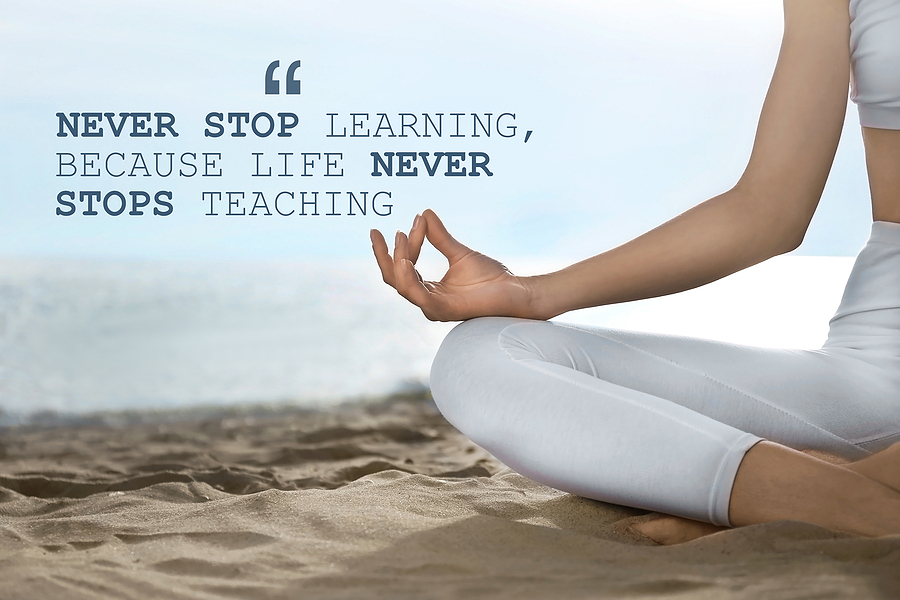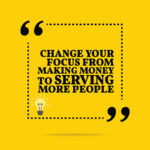If you’ve read a self-help book, it probably advised you to perform daily affirmations. Most people are familiar with positive affirmations, but if you haven’t used them, doing so may seem awkward. Telling yourself that you are amazing might be weird, but it can help you feel more positive. Affirmations are one of the principles of success. Here’s how they work.
What are Positive Affirmations?
Positive affirmations are positive declarations that people use to counteract negative or useless thoughts. Practicing positive affirmations is easy. The only thing that you need to do is select a phrase and repeat it in your head.
There are many reasons to use positive affirmations. For instance, you can choose one for:
• Motivation
• Encouraging positive life changes
• A self-esteem boost
If your go-to is negative self-talk, reset this subconscious pattern with positive affirmations.
The Psychology that Supports Positive Affirmations
One of the main theories that supports positive affirmations is the self-affirmation theory. Researchers have conducted studies testing the theory that humans can maintain their sense of self-integrity using positive self-talk.
Self-integrity is a person’s apparent ability to manage moral results and respond appropriately when it’s being threatened.
There are three main pieces that support self-affirmation theory. The first one is that when a person uses self-affirmation, they’ll maintain a comprehensive narrative about themselves. Under this section of the theory, people are moral, flexible and able to adjust to different situations.
The second piece of the theory is that your ability to maintain your self-identity does not require perfection. Instead, you need to see yourself as competent and satisfactory in the areas of your life that you value.
The third part of the theory is that people maintain their self-integrity when they act in positive ways. When you’re using a self-affirmation, you aren’t saying a phrase like “I am a good instructor” because you want praise. You’ll be saying it because you desire that type of praise for actions that are in line with one of your personal values.
Tips for Making Your Positive Affirmations Effective
Positive affirmations are often effective in the workplace. This is especially true of hybrid workforces. You can use them to help your employees manage their insecurities and negative thought patterns, helping them reach better work results.
Consider sharing positive workplace culture quotes. Don’t use these quotes at random. Make sure that you know how to use positive workplace culture quotes. The best time to use these kinds of quotes is when you’re setting new work goals.
Implement positive affirmations at the beginning of each work week. This could help both you and your staff feel more self-assured about the next project.
While you might not be able to get rid of the Monday blues, positive affirmations are the perfect way to inspire your workforce. Affirmations may even inspire your workers like coffee does. They could energize your staff and help them focus on their week.
Personalizing Your Personal Affirmations
Principles of success include embracing personal affirmations. Create a personal affirmation that speaks to your management style. If you need help developing one or guidance on how to use your personal affirmations consistently, contact me at the Productivity Intelligence Institute.






